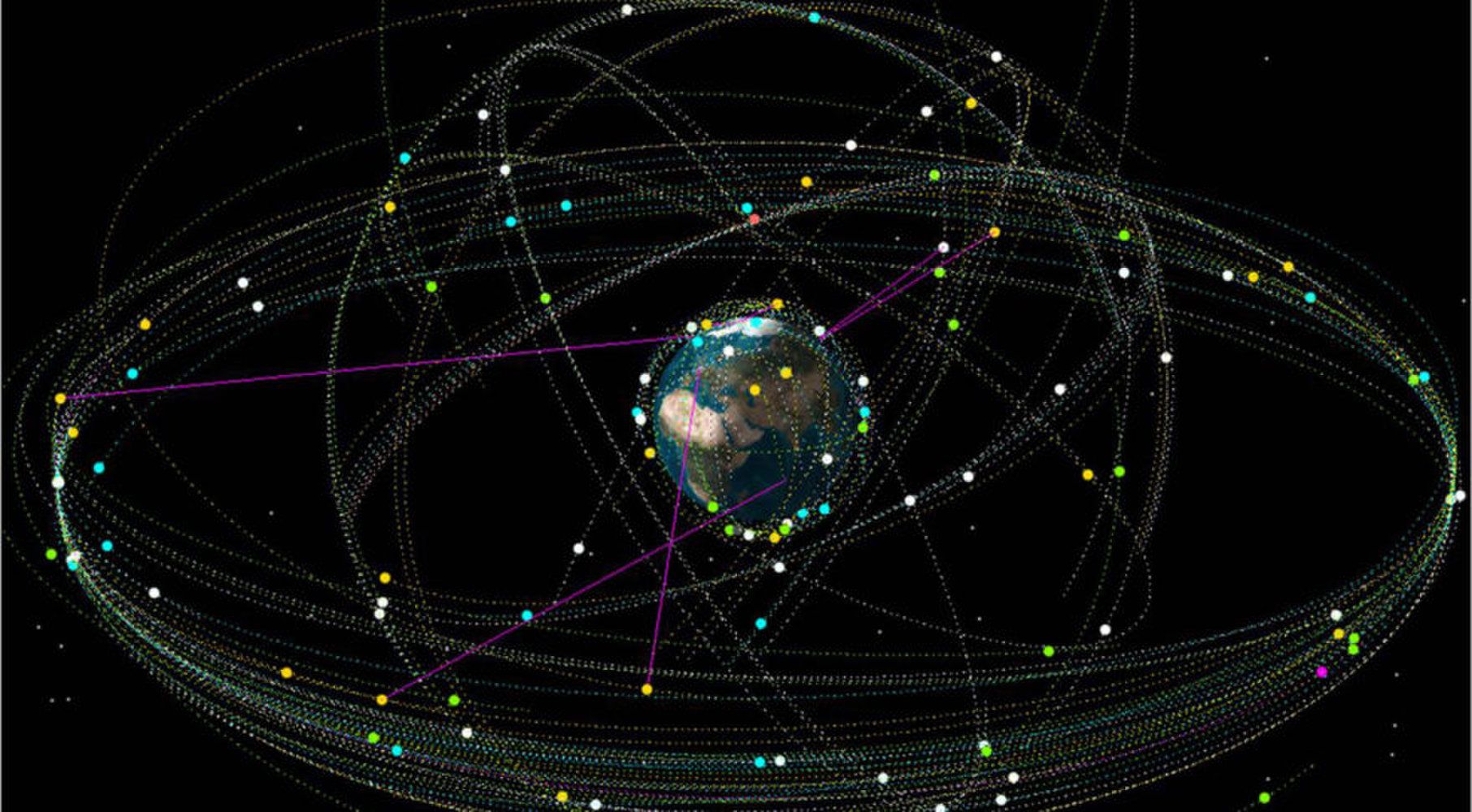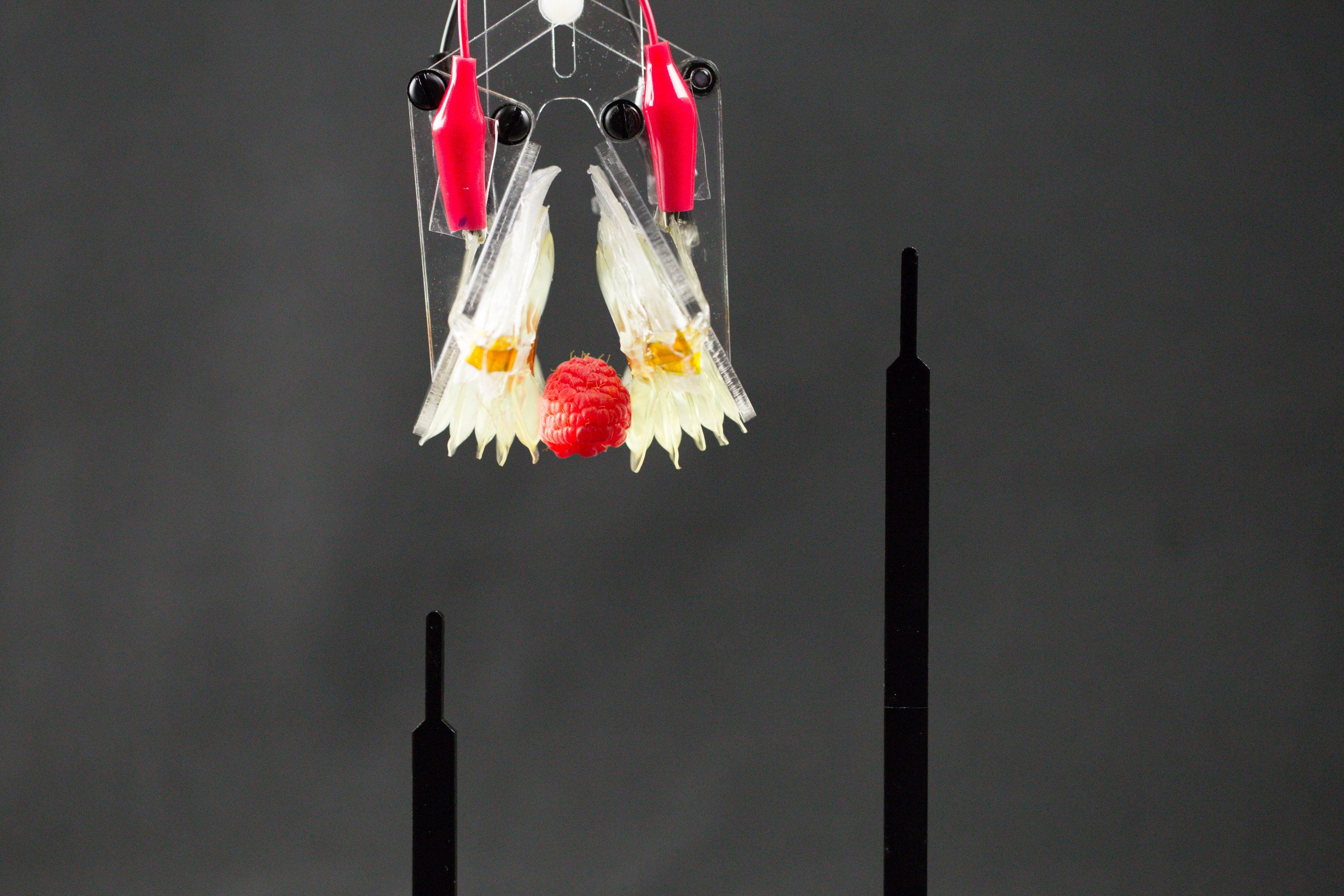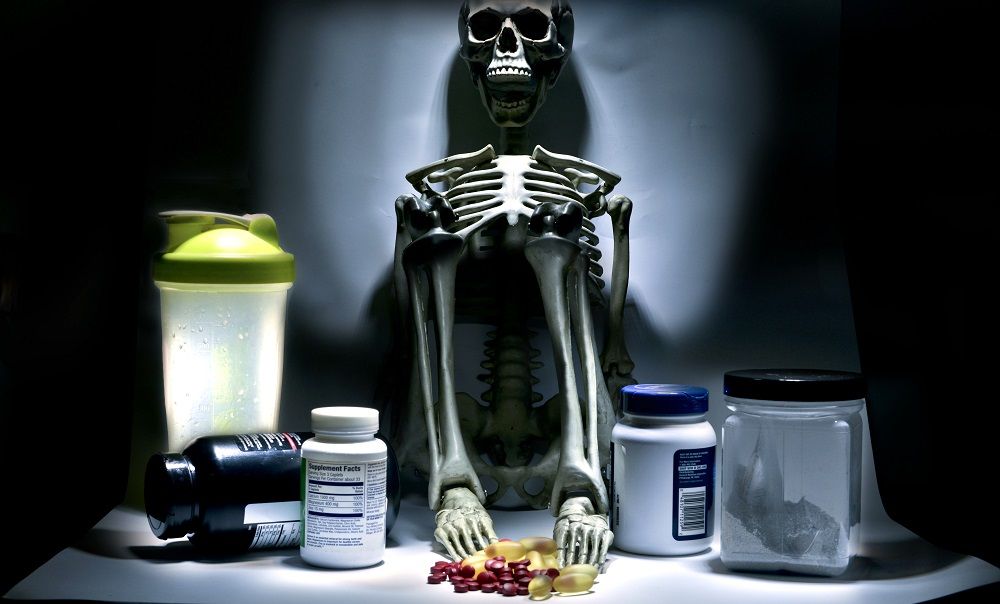Page 9970
Jan 5, 2018
Sorry Sci-Fi Fans, Real Wars in Space Not the Stuff of Hollywood
Posted by Klaus Baldauf in categories: law, military, space travel
WASHINGTON — The public’s idea of a war in space is almost entirely a product of Hollywood fantasy: Interstellar empires battling to conquer the cosmos, spaceships going head to head in pitched dogfights.
The reality of how nations will fight in space is much duller and blander. And some of the key players in these conflicts will be hackers and lawyers.
Savvy space warriors like Russia’s military already are giving us a taste of the future. They are jamming GPS navigation signals, electronically disrupting satellite communications links and sensors in space. Not quite star wars. [The Most Dangerous Space Weapons Concepts Ever].
Continue reading “Sorry Sci-Fi Fans, Real Wars in Space Not the Stuff of Hollywood” »

In a basement laboratory, two robotocists have harnessed the sensing, swimming, and swarming abilities of bacteria to power microscopic robots. Who dares to unleash this madness?
Jan 4, 2018
Two Experiments Show Fourth Spatial Dimension Effect
Posted by Shane Hinshaw in categories: particle physics, quantum physics

To the best of our knowledge, we humans can only experience this world in three spatial dimensions (plus one time dimension): up and down, left and right, and forward and backward. But in two physics labs, scientists have found a way to represent a fourth spatial dimension.
This isn’t a fourth dimension that you can disappear into or anything like that. Instead, two teams of physicists engineered special two-dimensional setups, one with ultra-cold atoms and another with light particles. Both cases demonstrated different but complementary outcomes that looked the same as something called the “quantum Hall effect” occurring in four dimensions. These experiments could have important implications to fundamental science, or even allow engineers to access higher-dimension physics in our lower-dimension world.
Continue reading “Two Experiments Show Fourth Spatial Dimension Effect” »
Jan 4, 2018
The Expensive Art of Living Forever
Posted by Zoltan Istvan in categories: life extension, transhumanism
New transhumanism story with many people in it. Forget the criticism in article, read what the highlighted people have said about the future. Great stuff.
A growing number of wealthy, tech-minded futurists are imagining life beyond their mortal bodies. We created images to match their strange, and varied, visions.
Jan 4, 2018
Speed breeding LED technique grows food six times faster than conventional farming
Posted by Montie Adkins in categories: food, space
Speed breeding was initially explored by NASA over a decade ago as a means to enhance food production during space missions where efficiency is critical and every square inch counts. Scientists at the University of Sydney, the University of Queensland, and the John Innes Centre, continued the project, picking up from where NASA left off.
A welcomed solution to our growing food problems.
Jan 4, 2018
New class of soft, electrically activated devices mimics the expansion and contraction of natural muscles
Posted by Saúl Morales Rodriguéz in categories: biotech/medical, cyborgs, engineering, robotics/AI
In the basement of the Engineering Center at the University of Colorado Boulder, a group of researchers is working to create the next generation of robots. Instead of the metallic droids you may be imagining, they are developing robots made from soft materials that are more similar to biological systems. Such soft robots contain tremendous potential for future applications as they adapt to dynamic environments and are well-suited to closely interact with humans.
A central challenge in this field known as “soft robotics” is a lack of actuators or “artificial muscles” that can replicate the versatility and performance of the real thing. However, the Keplinger Research Group in the College of Engineering and Applied Science has now developed a new class of soft, electrically activated devices capable of mimicking the expansion and contraction of natural muscles. These devices, which can be constructed from a wide range of low-cost materials, are able to self-sense their movements and self-heal from electrical damage, representing a major advance in soft robotics.
The newly developed hydraulically amplified self-healing electrostatic (HASEL) actuators eschew the bulky, rigid pistons and motors of conventional robots for soft structures that react to applied voltage with a wide range of motions. The soft devices can perform a variety of tasks, including grasping delicate objects such as a raspberry and a raw egg, as well as lifting heavy objects. HASEL actuators exceed or match the strength, speed and efficiency of biological muscle and their versatility may enable artificial muscles for human-like robots and a next generation of prosthetic limbs.
Jan 4, 2018
Nanoscale cryptography method gains robustness from stiction
Posted by Saúl Morales Rodriguéz in categories: encryption, internet, nanotechnology, security
Most of the cryptographic methods that keep important data secure use complex encryption software, and as a result, consume large amounts of power. As more and more electronic devices are being connected to the internet, there is a growing need for alternative low-power security methods, and this is often done by basing the security on hardware rather than software.
One of the most promising approaches to hardware-based, low-power security is to derive cryptographic keys from the randomness that inherently and uncontrollably emerges during the fabrication process of nanoscale devices. These methods, called “physical unclonable functions” (PUFs), convert the random variations in the physical devices into the binary states of “0” and “1” to create unique, random cryptographic keys. These keys can then be used to encrypt data into cipher text, as well as decrypt it back into plain text, in a process that remains secure as long as the key remains private.
However, one of the biggest challenges facing PUF technology is its vulnerability to harsh environments. Since the physical randomness that forms the basis of the key usually arises from variations in electrical characteristics, and electrical characteristics are affected by external factors such as high temperatures and radiation, these devices often do not preserve their states when exposed to such conditions.
Continue reading “Nanoscale cryptography method gains robustness from stiction” »
Jan 4, 2018
AI already out of the bottle: You can’t stop it or slow it down
Posted by Müslüm Yildiz in category: robotics/AI

Author of ‘The Dark Net’
Artificial Intelligence could cause widespread social disruption if policymakers are not ready to deal with the consequences – author of ‘The Dark Net,’ and presenter of ‘Secrets of Silicon Valley,’ Jamie Bartlett.
Continue reading “AI already out of the bottle: You can’t stop it or slow it down” »
Jan 4, 2018
Top Five Deadly Vitamins
Posted by Brady Hartman in categories: biotech/medical, life extension
A look back at the most popular health articles of 2017. Here is the report: “Top Five Deadly Vitamins”
Summary: High-dose vitamin and mineral supplements were once promoted as ways to prevent heart disease, aging, and cancer. To the contrary, recent research has shown that excessive vitamin and mineral consumption sometimes shortens life. Using evidence from scores of clinical trials we generate a list of five vitamin and mineral supplements that have been shown to be harmful to an otherwise healthy person when consumed in excess. [Note: This article was extensively updated on Nov 2, 2017]. This article first appeared on LongevityFacts.com. Follow us on Google+ | Facebook | Reddit. Author: Brady Hartman.
Recent research shows that some vitamin or mineral supplements are hazardous to your health.















